Announced just now during CES 2020, AMD have revealed their Radeon RX 5600 XT graphics cards aimed at being the "ultimate 1080p gaming experience". During the event, AMD showed some 1080p benchmarks across a bunch Windows games at "max settings", where it showed the Radeon RX 5600 XT beating an NVIDIA 1660Ti. Additionally, there will be a lower Radeon RX 5600 (no XT) model.
Specifications
| Radeon RX 5600 XT | Radeon RX 5600 |
| Architecture: RDNA | Architecture: RDNA |
| Compute Units: 36 | Compute Units: 32 |
| Stream Processors: 2304 | Stream Processors: 2048 |
| Clock "up to" 1375MHz game "up to" 1560MHz boost |
Clock "up to" 1375MHz game "up to" 1560MHz boost |
| 6GB GDDR6 | 6GB GDDR6 |
For availability, they're saying the AMD Radeon RX 5600 XT will be available January 21st for $279, with the lower AMD Radeon RX 5600 expected within Q1 this year but no price mentioned. On top of that, they also stated that both the 5600M and 5700M mobile graphics chips will also start appearing in the first half of this year. If you value the open source drivers for AMD GPUs, the Radeon RX 5600 XT sounds like quite a tidy unit that would be good for some 1080p gaming.
Just before that though, they talked a bunch about the new AMD Ryzen 4000 U-Series (Zen 2, 7nm), their new mobile processors. The model mentioned on stage was the AMD Ryzen 7 4800U, but there's going to be a lot more in the series. AMD Ryzen 7 4800U specifications:
- 8 cores and 16 threads
- 1.8GHz base with a 4.2GHz boost
- 8 Radeon Cores
- 15W TDP
AMD CEO, Lisa Su, mentioned while on stage that the "8 Radeon Cores" have had a "tremendous amount of optimisation" with them being based on the Vega architecture but they have "59% more performance than the previous generation". Sounds like we're going to be seeing a lot of these mobile Ryzen units too! AMD CEO, Lisa Su, stated on stage across this year "100+" systems will be shipping in various form factors.
After that, the AMD Ryzen 7 4800H was announced with:
- 8 cores and 16 threads.
- 2.9GHz base with 4.2GHz boost clock.
- 45W TDP.
They're claiming it offers desktop-level performance for mobile. They also showed a quick chart of the Ryzen 7 4800H stacked up against an Intel i7 9700k desktop processor, showing it performing better in the 3DMark FireStrike Physics benchmark. It's coming to various notebooks a bit later this year, Q2 was mentioned for at least one of them.
AMD ended it on quite a high note introducing the AMD Ryzen Threadripper 3990X which will be available on February 7 this year. An absolute monster of a CPU, with AMD naturally keen to mention how they're again first at stuffing this many cores into a consumer CPU.
Specifications:
- 64 cores and 128 threads
- 2.9GHz base with 4.3GHz boost
- 288MB total cache
- 280W TDP
You can see the AMD CES 2020 event video here. I believe that covers all the most interesting stuff that AMD announced during their presentation today.
Thanks for stating the obvious, but I don't see how any of this is relevant. If a GPU can run modern games at 1440p at a consistent 60 FPS or above without sacrificing detail, it is usually advertised by hardware vendors as being suited for 1440p gaming. Nothing wrong with that in my opinion.That wasn't my point. AMD specifically mentioned 1440p gaming in some of their marketing materials. Also, I don't know what 144Hz has to do with the resolution.
Computational load increases with both resolution and framerate.
Last edited by Shmerl on 7 Jan 2020 at 6:35 pm UTC
What are they thinking? 1080p is from 5 years ago, why infest in old stuff?
Is wccftech comment section leaking?
Steam stats:
1280 x 1024 1.23%Any questions?
1360 x 768 1.29%
1366 x 768 8.60%
1920 x 1080 69.27% +4.64%
2560 x 1440 6.74% +1.25%
3840 x 2160 1.51% -0.33%
1920 x 1200 0.69% -0.15%
Don't forget the two of us with 16:10 monitors!
It's so good to see AMD ryzen again
I like the play on words :D
AnandTech: The rearchitect of Vega for 7nm has been given a +56% performance increase. Does this mean that there was a lot left on the table with the design for 14/12nm? I’m trying to understand how you were able to pull so much extra performance from a simple process node change.
LS: When we put Vega into a mobile form factor with Ryzen 4000, we learned a lot about power optimization. 7nm was a part of it sure, but it was also a very power optimized design of that architecture. The really good thing about that is that what we learned is all applicable to Navi as well. David’s team put a huge focus on performance per watt, and that really comes out of the mobile form factor, and so I’m pleased with what they are doing. You will see a lot of that technology will also impact when you see Navi in a mobile form factor as well.
Gordon Ung, PC World: Do you think that AMD has to have a high-end competitor in the discrete graphics market?
LS: [laughs] I know those on Reddit want a high end Navi! You should expect that we will have a high-end Navi, and that it is important to have it. The discrete graphics market, especially at the high end, is very important to us. So you should expect that we will have a high-end Navi, although I don’t usually comment on unannounced products.
Last edited by Shmerl on 8 Jan 2020 at 12:21 am UTC
The 5700 (XT) they brought out months ago was aimed at 1440p.
Resolution alone isn't the only factor. For example with TW3 (dxvk), 5700 XT doesn't fully use 2560x1400 / 144 Hz. I.e. right now it maxes out at around 80-110 fps. So depending on the monitor refresh rate, the card can be utilized fully and still not reach the potential maximum of the monitor.
This is what worries me when thinking about getting a Valve Index.
It features a total screen pixel count of 2880x1600 and refresh rates of (I think) 90 Hz, 120 Hz and 144 Hz.
Though surlely depending on the game, it sounds like a 5700 XT is just not powerful enough to properly drive a Valve Index.
It would have been really helpful to get an announcement of new products from AMD with rough performance figures. If it's worth waiting or not.
A 5700 XT is not small money for me, where I can replace it in some month with something better.
The 5700 (XT) they brought out months ago was aimed at 1440p.
Resolution alone isn't the only factor. For example with TW3 (dxvk), 5700 XT doesn't fully use 2560x1400 / 144 Hz. I.e. right now it maxes out at around 80-110 fps. So depending on the monitor refresh rate, the card can be utilized fully and still not reach the potential maximum of the monitor.
This is what worries me when thinking about getting a Valve Index.
It features a total screen pixel count of 2880x1600 and refresh rates of (I think) 90 Hz, 120 Hz and 144 Hz.
Though surlely depending on the game, it sounds like a 5700 XT is just not powerful enough to properly drive a Valve Index.
It would have been really helpful to get an announcement of new products from AMD with rough performance figures. If it's worth waiting or not.
A 5700 XT is not small money for me, where I can replace it in some month with something better.
The aims of VR are not the same as desktop. Games there are typically designed to have adaptive quality so that constantly high frame rates are maintained. Even an RX 580 can run most VR games just fine. Bare in mind the higher resolution of the Index has more to do with removing the screen door effect than actual sharpness of the image, and the immersion and lenses prevent you from noticing any drop in resolution the vast majority of the time. I reckon a 5600XT will do just fine there. Will games look as good as on a higher end card? No. Will the experience be basically the same? Almost certainly yes. Though if you are splurging a grand on the VR kit it seems daft to save $50 and not get a 5700 (and potentially bios flash it to 5700XT).
I do think the 6GB vram might limit the longevity of the card.
This is what worries me when thinking about getting a Valve Index.
It features a total screen pixel count of 2880x1600 and refresh rates of (I think) 90 Hz, 120 Hz and 144 Hz.
Though surlely depending on the game, it sounds like a 5700 XT is just not powerful enough to properly drive a Valve Index.
It would have been really helpful to get an announcement of new products from AMD with rough performance figures. If it's worth waiting or not.
A 5700 XT is not small money for me, where I can replace it in some month with something better.
Not sure if VR requires that framerate strictly, but in the regular screen case, adaptive sync handles framerates that are lower than monitor refresh rate. I.e. I'm OK with the game running at 80-110 fps (TW3 is very demanding), while max monitor refresh rate is 144 Hz, because adaptive sync still prevents tearing, and refresh at 80-110 Hz still looks smooth enough in regards to motion blur reduction and such. Of course it would be nice for the GPU to push full 144 fps, but it's not a major deal breaker.
So I'd say, if you consider buying it, analyze the games you are planning to play, and depending on their graphics computational intensity, see if the resulting framerate is satisfactory for you. Of course it's a tricky thing to do for upcoming titles, since there is no way to know in advance how they'll perform.
Last edited by Shmerl on 8 Jan 2020 at 6:15 pm UTC
So you are the other one! Cheers to the one true aspect ratio ;)1920 x 1200 0.69% -0.15%
Don't forget the two of us with 16:10 monitors!
I just had my ~ten year old monitor die on me and the selection of replacements is really thin these days; I don't even dare to dream of higher resolutions, or what will happen when I need another spare...
I've read many user comments about the 5700 series.
There still seem to be significant outstanding driver bugs - even on Windows.
A thread on Reddit shows lots of people still struggle with frequent bugged clocking and, thus, bad gaming performance.
I'm a strong AMD supporter and I never thought I'd say this.
But after reading about the bugs and the missed out opportunity to at least announce the beefier Navi parts,
I'm seriously consider getting a Nvidia 2070 x or similar.
Damn, I want to get my rig ready for HL:Alyx and I'm really unsure what to get. :/
Last edited by Shmerl on 9 Jan 2020 at 1:07 pm UTC
Navi support by now (5.5-rc5) is mostly good, a few lingering issues have workarounds, and aren't major blockers.I guess I've been lucky with my 5700 XT. I can't say I've hit any issues at all. In fact, I don't remember ever having such a smooth experience with a GPU on Linux, be it Nvidia, AMD or Intel. Then again, I've only had it for a couple of months. Seems like things were much rougher around launch.
I guess I've been lucky with my 5700 XT. I can't say I've hit any issues at all. In fact, I don't remember ever having such a smooth experience with a GPU on Linux, be it Nvidia, AMD or Intel. Then again, I've only had it for a couple of months. Seems like things were much rougher around launch.
Concurrent sensors access for amdgpu is still not fully fixed, but now is only rarely causing problems. By not querying them in parallel, you can avoid it altogether. That's basically the only issue that remained in my experience at least.
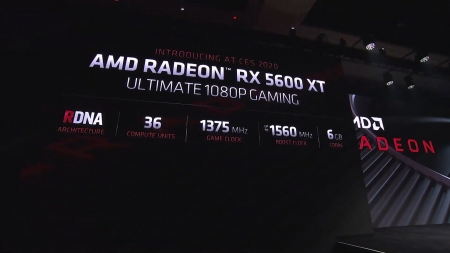
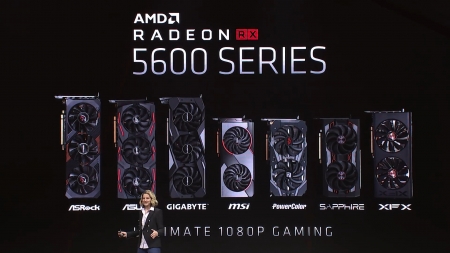
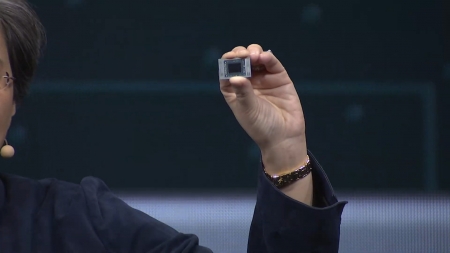
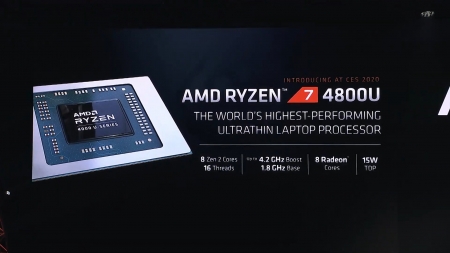
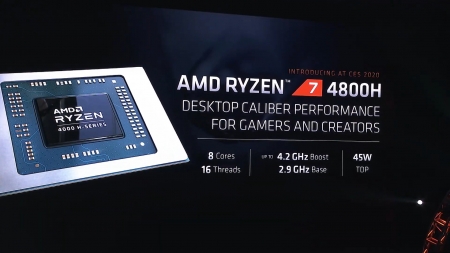
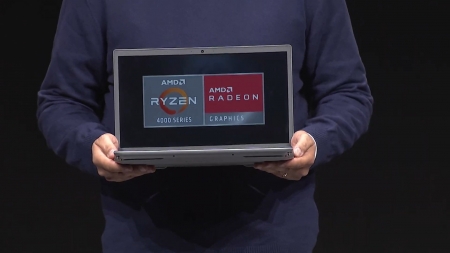
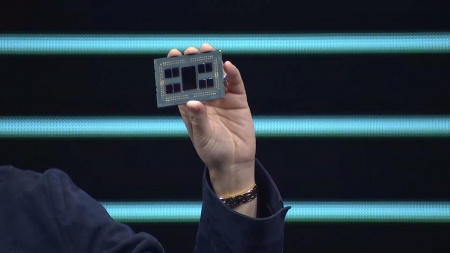
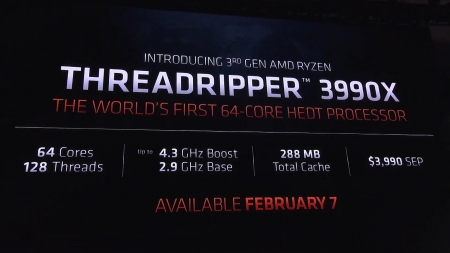
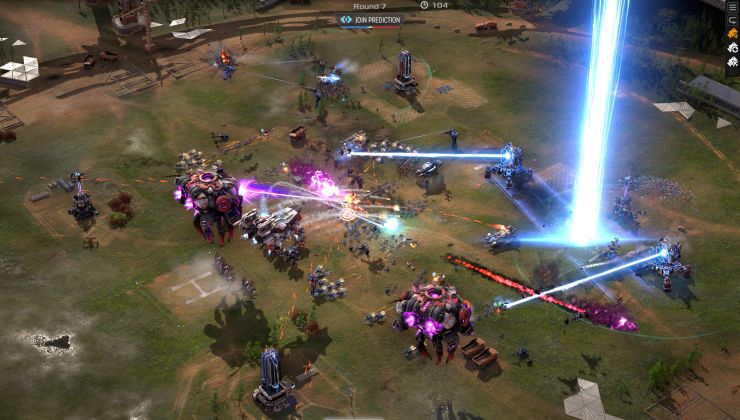
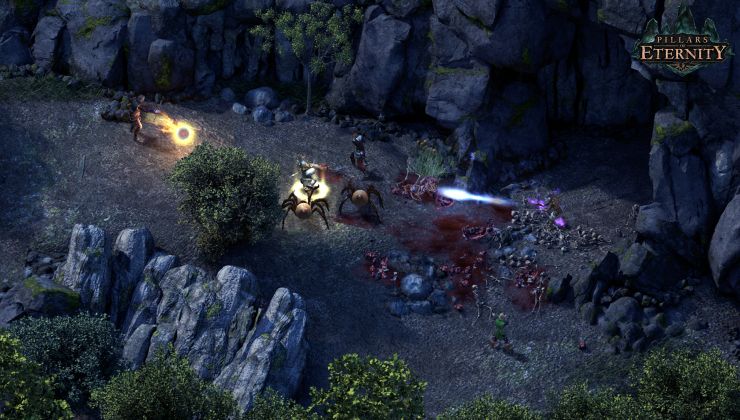
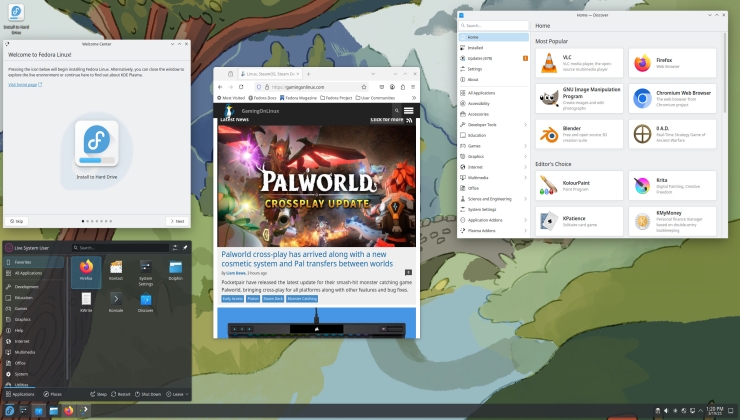








 How to set, change and reset your SteamOS / Steam Deck desktop sudo password
How to set, change and reset your SteamOS / Steam Deck desktop sudo password How to set up Decky Loader on Steam Deck / SteamOS for easy plugins
How to set up Decky Loader on Steam Deck / SteamOS for easy plugins
See more from me